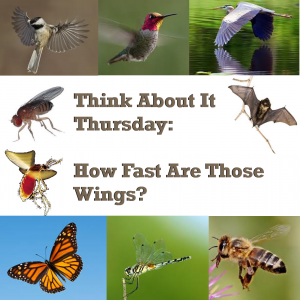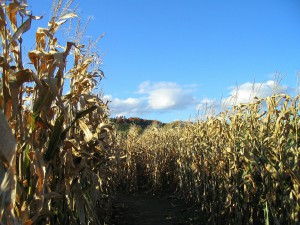I’m sure that by now you have seen this video of the chameleon camouflaging itself to the color of the Wayferer sunglasses. But is this real or fake? \
We all want to believe that chameleons can camouflage their bodies into these spectacular colors, but in reality they only have four shades to work with — yellow, red, blue and brown. They can mix colors to create other colors but not to the vibrancy or as quickly as depicted in the viral YouTube video.
A chameleon usually only changes its colors when he wants to warm up, he turns darker to absorb more sunlight, and turns lighter when he wants to cool down. If the lizard is frightened, angry or in a romantic mood, he might change color to let other chameleons know.
According to Snopes.com, “this video clip (produced through the use of some digital trickery) originated as a clever promotion created by the Cutwater ad agency in March 2009 for Ray-Ban, advertising that the sunglass manufacturer’s classic line of Wayfarer sunglasses was now available in a range of different colors.”
So this YouTube video tricking its viewers into believing that chameleon’s can change its colors that quickly and vibrantly has been deemed debunked!





